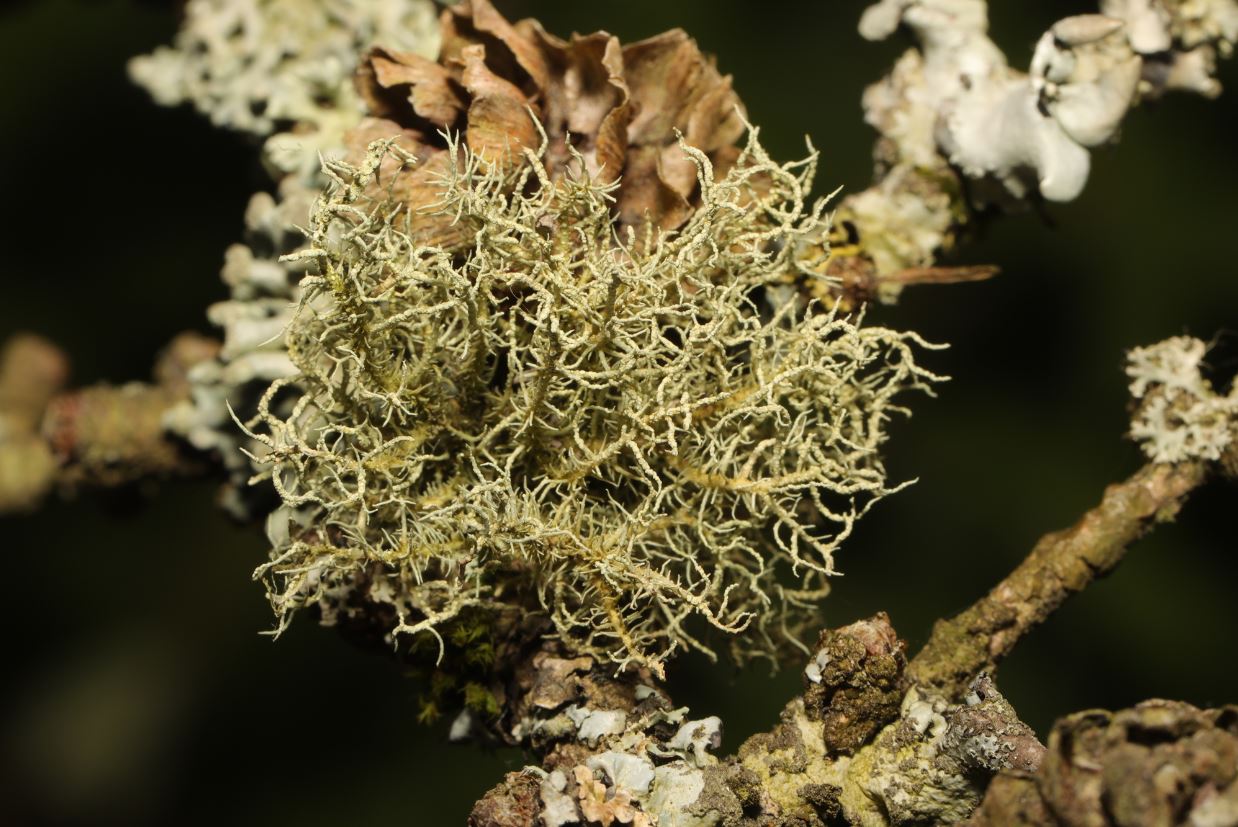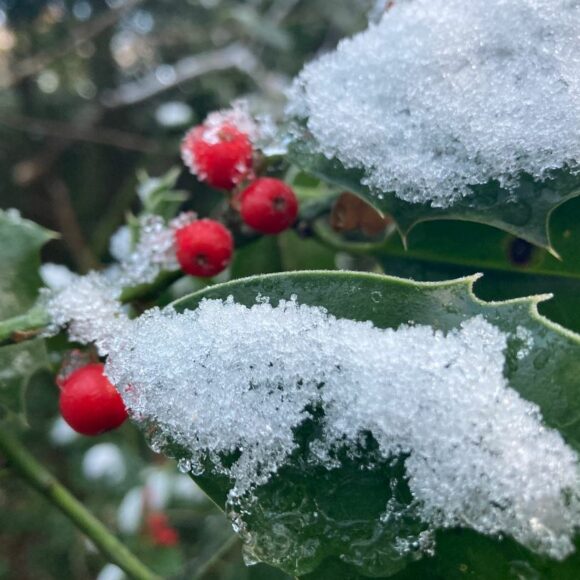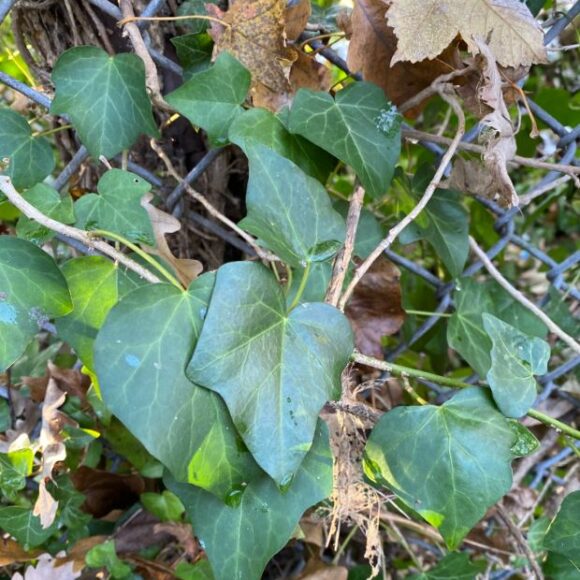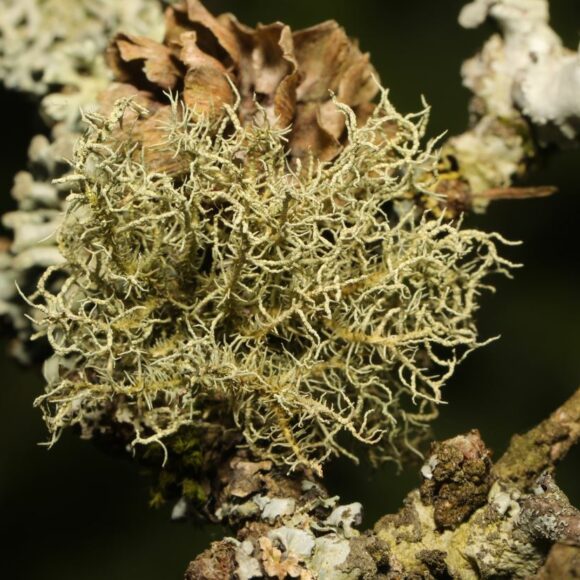
Look Wild: Winter on Dartmoor
-
Date posted: 20/12/2022
-
Time to read: 8 minutes
As we move through December and winter begins to bite don’t hang up your walking boots. There’s still lots of great wild places to explore safely without needing to be an alpine adventurer. Take the wooded valleys of Dartmoor for example. These are wonderful places rich in wildlife all year round and they are sheltered from the winter extremes. Why not take a closer look at the Bovey Valley Woods, Fingle Woods or Hembury Woods for starters.
Remember to use the i-Naturalist app when you are out and about in our National Parks to record the wildlife you see and share what makes these wild places so special.

Holly
On Dartmoor, the majestic oaks have shed their golden leaves to shine light on the evergreen foliage of winter. Look for holly trees with their dark green glossy, but prickly leaves, full of red berries. There are male and female holly trees; only the female trees produce the berries so if you find a tree with no berries it’s a male tree, or the birds have got there first! On cold wintery days listen out and you may hear a flock of redwings taking shelter in the woodland and feeding on the berries in the tree tops.
Look closely and you’ll see that the holly’s prickly leaves only appear lower down the tree to deter cattle and deer from grazing them. Higher up they have far fewer prickles- a great example of nature deploying its resources only where needed. If you are using the i-Naturalist app don’t forget you can share sound recordings as well as photos.
Observation by empressmoth

Ivy
Another winter favourite is ivy which cloaks many trees providing autumn nectar for bees and winter berries for the birds. It also creates plenty of places for insects, birds and small mammals to take refuge. Look closely and you can see the leaf miner tracks of tiny moth caterpillars who get around the leaves hard waxy protection by eating the leaf from the inside.
Observation by rich_fuller

Beard Lichen
With the winter winds and rainstorms, old branches and twigs are often knocked to the forest floor. It’s a great time to look at the incredible lichens that grow on these once lofty branches. Look for the hairy, beard lichens that decorate many trees on Dartmoor. They are amazing organisms -a fungi and an algae growing together supporting each other. A perfect example to us all at this time of year.
Observation by steve_mcwilliam
If you’ve been inspired to get out into nature, you can share any photos or observations with us using #LookWild and get featured on our social or our newsletter! Send your observations to connect@nationalparks.uk
Join i-Naturalist and start identifying nature near you today! LookWild is a brilliant citizen science project that helps contribute to our data and knowledge of wildlife and habitat health across the UK.
This Blog was written by Andy Bailey, Outreach and Interpretation Officer at Dartmoor National Park Authority